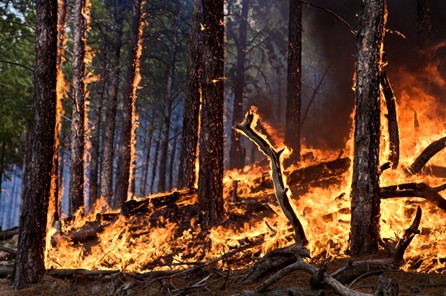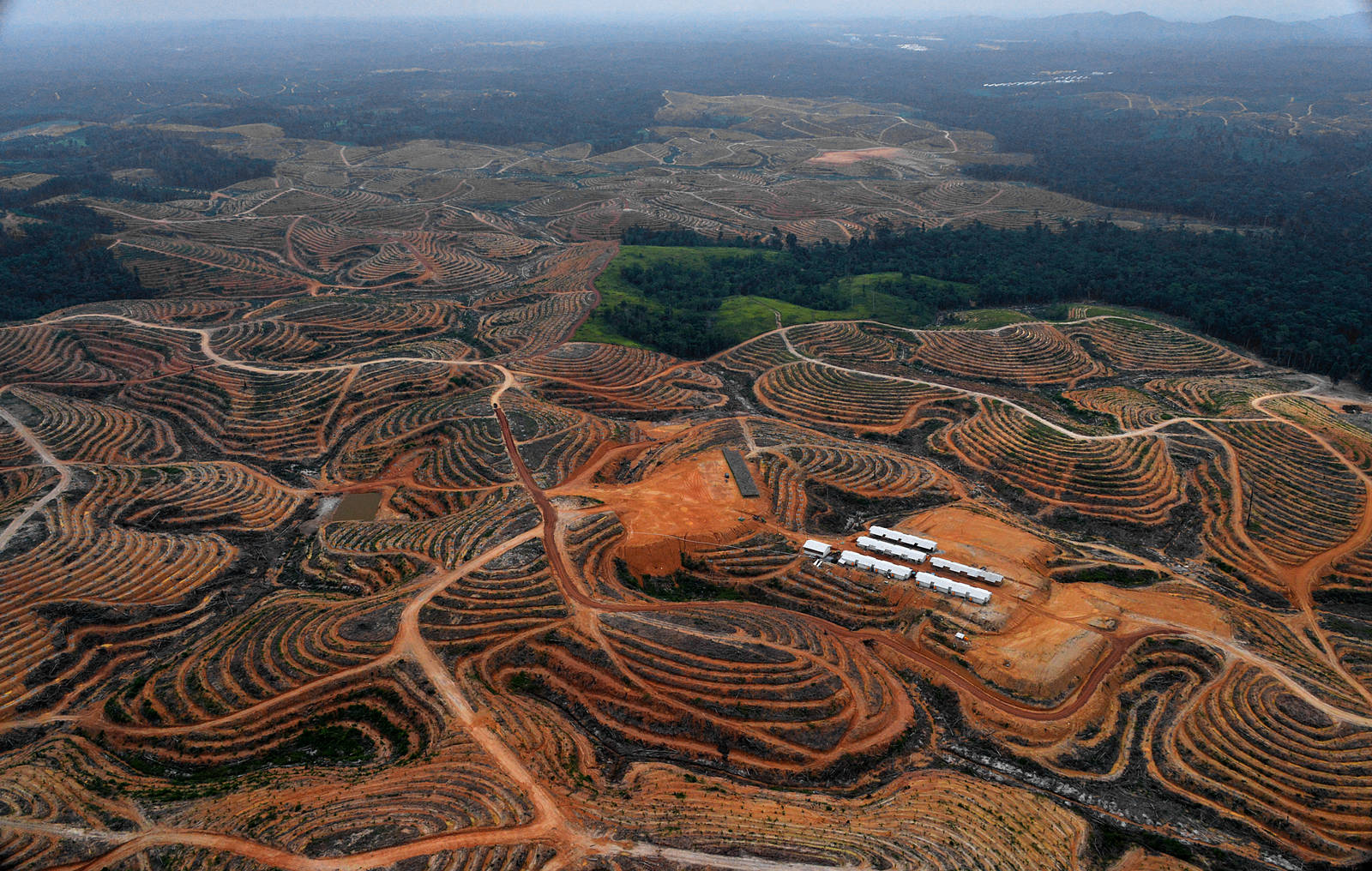Europe has set ambitious policy goals to allow nature to recover and flourish. Creating protected areas, green and blue infrastructure, restoring ecosystems, rewilding and facilitating nature-based solutions to climate change can all contribute to reversing biodiversity loss in the EU.
Many vital species, habitats and ecosystems in Europe are threatened by urban sprawl, unsustainable farming and forestry, and pollution. Roads, railways, urban areas and agricultural land fragment Europe’s landscape, hindering the movement of species.
According to the EEA’s report State of Nature in the EU 2020, only 15% of Europe’s habitats and 27% protected species are in a good conservation status. We need an overhaul of our key systems, including agriculture and production, in order to halt and reverse the loss of biodiversity and ensure that nature continues to provide vital ecosystem services.
EU nature directives—such as the Birds and the Habitats Directives—offer protection to around 2000 species and habitats. At the heart of EU conservation efforts is the EU’s Natura 2000 network of protected areas, which currently makes up 18% of the EU’s land area and 10% of its marine territory.
Nature protection needs to be complemented by nature restoration efforts, through actions such as removing barriers on rivers and rewilding. To this end, the European Commission has proposed a Nature Restoration Law.
A healthy natural environment can also provide us solutions. Some of the impacts of climate change, such as heat islands and urban flooding, can be mitigated through nature-based solutions, including green spaces in cities.
The EEA monitors the state of nature based on the data submitted under nature directives. Member States submit, among other things, extensive information on habitats and species every six years. According to our latest assessments:
- Only 27% of protected species indicate a good conservation status, whilst 63% have a poor or bad status. Reptiles and vascular plants have the highest proportion of good conservation status.
- On average, 6% of all species assessments (mostly mammals, vascular plants and fish) show an improving trend in conservation status.
- Agricultural activities were the most frequently reported pressures that had a negative impact on the state of species.
- 15% of habitats have a good conservation status, with 81% having poor (45%) or bad (36%) conservation status at EU level.
- Forests exhibit the most improving trends. The highest number of deteriorating trends is that for grasslands, dune habitats and bogs, mires and fens.
- Marine protected area coverage more than doubled, to 12.1%, between 2012 and 2021. However, efforts will need to increase significantly to achieve the EU biodiversity strategy target of protecting at least 30% of EU seas by 2030, while also ensuring that all protected areas are effectively managed.
- The biodiversity strategy for 2030 aims to restore at least 25,000 km of free-flowing rivers by 2030 by removing barriers, constructing bypasses for migrating fish and re-establishing sediment flow.
Along with the Birds and the Habitats Directives, the EU biodiversity strategy for 2030 plays a central role in protecting nature in Europe. The strategy aims to increase the protected area to at least 30% of EU land and 30% of surrounding seas by 2030. One-third of this, areas of very high biodiversity and climate value, should be under strict protection. Primary and old-growth forests and other carbon-rich ecosystems like peatlands and grasslands will be the focus of strict protection.
The strategy also calls for restoring ecosystems and planting additional trees to support biodiversity and ecosystem restoration. More forests will also be managed to promote biodiversity-friendly practices.
Recently, the European Commission proposed the Nature Restoration Law, which takes a holistic approach to restore all EU land and sea. The first milestone is set for 2030 when 20% of all EU land and sea must be under restoration measures, while the ultimate target is for 2050 when all EU land and sea in need of restoration must be under restoration measures.
Other initiatives include the trans-European nature network and the Emerald Network by the Council of Europe, to which the EU contributes via Natura 2000 sites.
The EEA regularly assesses the state of nature in Europe, including conservation status of key habitats and species, as well as assessments on protected areas and on other topics such as landscape connectivity.




